Lex Autolease offers its clients best practice advice on its website (lexautolease.co.uk/thegreen).
This emphasises the need to eliminate idling and over-revving, and to ensure proper maintenance.
Tyre selection can also make a significant impact, which the EU has recognised with its new labelling legislation designed to inform buyers to about the most energy-efficient tyres (as well as stopping distance and noise level): 85% of a tyre’s carbon footprint arises from its link to fuel usage – i.e. on the road.
ATS Euromaster says an A-rated tyre will offer a 7.5% fuel economy – or 50,000 litres for every 100,000km – against a G-rated tyre.
Proper inflation also saves carbon.
When you have optimised your vehicle, trained and monitored your driver, and perfected the culture and routes, you will still have a carbon footprint, albeit much reduced.
Fleets that want to become carbon-neutral for essential journeys will have to offset this.
Top tips
- Examine current journeys/loads or job allocations with modelling software and against fuelcard data, for routing or operational inefficiencies.
- Monitor drivers’ routes and their driving style.
- Look at job allocation in terms of whole fleet efficiency, which is not necessarily the same as always using the nearest vehicle.
- Use routing and scheduling software which can also handle ‘what if?’ scenarios.
- Encourage use of pool cars and car-sharing and minimise grey fleet usage.
- Leasing firms and EST all have online resources for managing mileage: see EST’s 2012 webinar series.




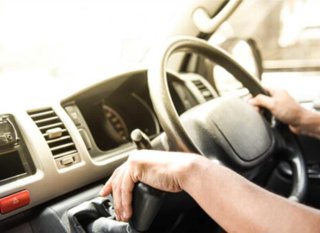

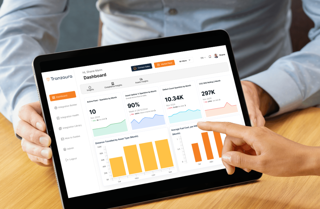






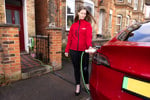

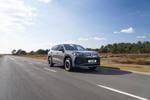
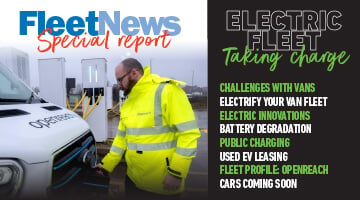

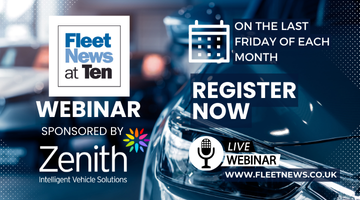
Login to comment
Comments
No comments have been made yet.